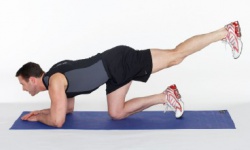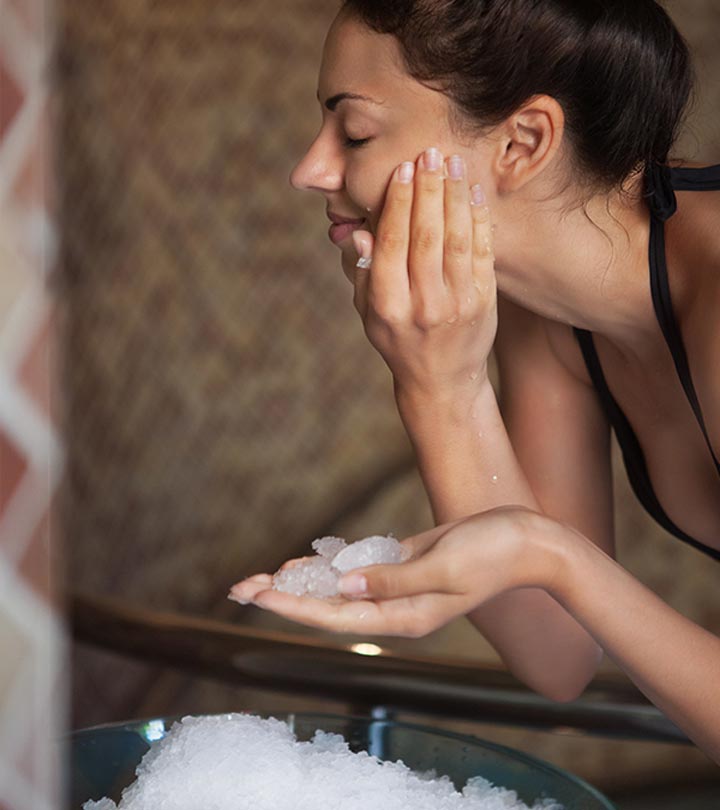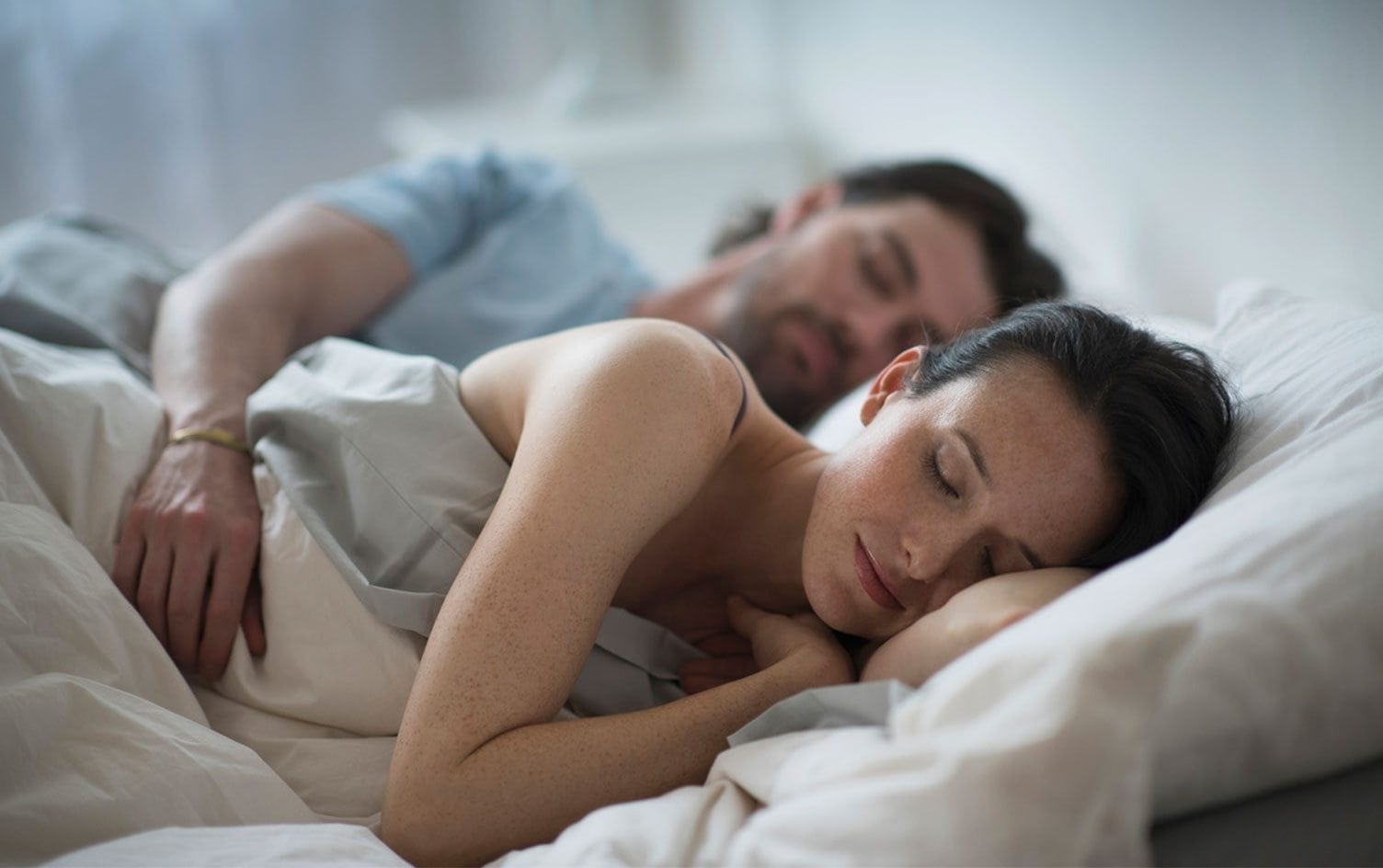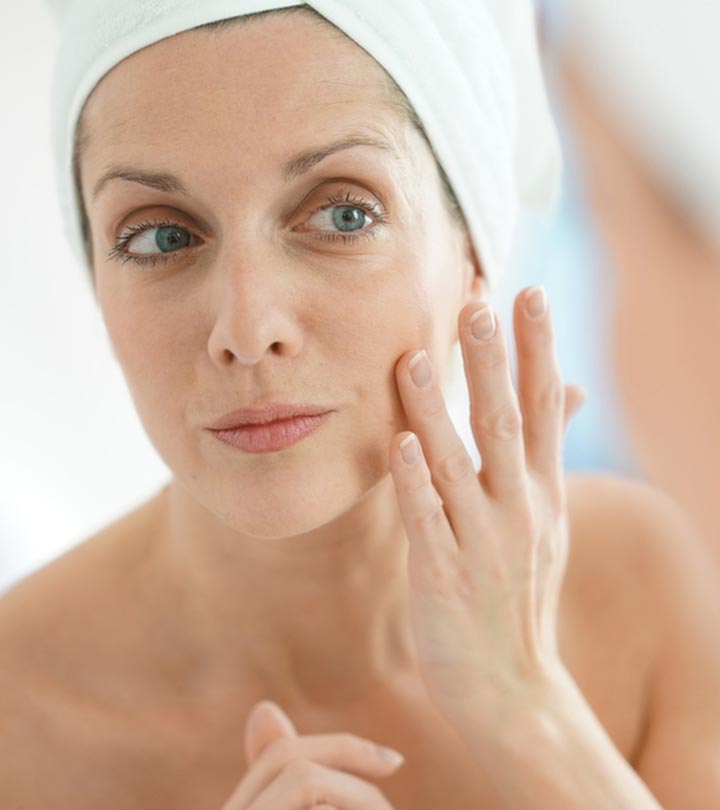Pedicure, a cosmetic treatment, is a high-rewarding, low-risk self-care procedure. It is one of the quickest and easiest ways to pamper your feet. There are different types of pedicures to treat dead skin cells and calluses that develop on your feet. The process involves filing, cutting, and shaping the toenails for a well-groomed look.
This article discusses everything you need to know about pedicures and their benefits. Keep reading.
Did You Know? In Southern Babylonia, noblemen used golden stools to get manicures and pedicures.
In This Article
Benefits Of Pedicures
Getting routine pedicure treatments can benefit your feet and overall health in the following ways:
1. Removes Calluses And Dead Skin
Shutterstock
Your feet experience a lot of wear and tear daily. Walking around on them can create calluses and cause other skin conditions like fungal infections. Calluses are also caused by friction from wearing inappropriate shoes that are too tight and restrict blood flow.
Many techniques are used during pedicures – like warm water soak, pumice stone rub, and moisturizing – that can help get rid of calluses. Regular pedicures help maintain foot health by exfoliating dry skin cells and getting rid of rough spots.
Related: How To Remove Dead Skin From Feet
2. Improves Blood Flow
A thorough pedicure usually involves a foot massage, which improves blood circulation, reduces tension, and eases foot pain.
3. Prevents Fungal Infections
According to one clinical study, around 15% of the population has fungal infections of the foot. Unfortunately, these infections often go unnoticed.
Regular pedicures ensure that your feet and nails are clean, thereby preventing fungal infections from reoccurring. A fungal infection may be detected during its early stages by a professional manicurist, which would also help in quicker treatment.
Related: 11 Home Remedies For Fungal Skin Infections & Prevention Tips
4. Improves Sleep Quality
Shutterstock
Pedicures usually involve a foot massage and bath, using either special massage machines or the hands. Both these practices can help treat conditions like insomnia, fatigue, and anxiety.
Foot reflexology is practiced by specialist pedicurists who apply pressure on certain points on the foot to provide relief. It can improve sleep quality and is especially effective for elderly patients.
With these advantages, it is clear that a pedicure goes beyond giving you pretty feet. Next, let’s explore the different pedicures available for you to choose from.
Related: Does Lack Of Sleep Cause Hair Loss? A Few Tips To Improve Sleep
Different Types Of Pedicures
1. Classic Or Basic Pedicure
A classic or basic pedicure is the most commonly known pedicure and the one that is most frequently opted for. It involves no frills and fancies and is intended for those who want a quick, affordable, no-fuss treatment.
A classic pedicure begins with a warm water soak, followed by clipping, filing, and shaping the toenails. Once your nails are properly cleaned and buffed, your feet are treated to a foot massage. The pedicure ends with the application of your choice of nail polish.
Stylecraze Trivia Several Egyptian tombs depict the royal family getting a pedicure. Queen Cleopatra used to paint her nails deep red and Queen Nefertiti used to paint her nails ruby red to show their royal status.
Shutterstock
2. French Pedicure
A French pedicure follows the same basic process as a classic pedicure with one distinctive feature – the application of nail polish. It concludes with the application of a thin white band at the tip of the nail. The base of the nail is usually painted with either a sheer nude or pink polish.
3. Gel Pedicure
A gel pedicure makes use of UV light technology to provide long-lasting nail color. It is more expensive than a regular pedicure but involves the same basic steps.
Once the nails are cleaned, cut, and filed, they are topped with gel polishes in 3 layers – base coat, color, and top coat. Every layer is accompanied by curing under an LED light. A gel-based polish is more durable and remains chip-free for longer. The results can last anywhere from 2 to 4 weeks.
However, don’t overdo it. According to Dr. Anna Chacon, MD, FAAD, a board-certified dermatologist, “Gel manicures can cause nail brittleness, peeling, and cracking, and continuous usage can raise the risk of skin cancer and premature hand skin aging.”
4. Paraffin Pedicure
A paraffin pedicure involves the use of a paraffin wax bath to relieve pain in the feet. It is an effective remedy to improve circulation and promote relaxation. It can also be used to treat conditions like arthritis, joint fitness, and active motion. Moreover, the wax helps moisturize the skin.
Dr. Chacon says, “People with really dry feet can frequently benefit from a paraffin pedicure because it is considered to be incredibly hydrating.”
Here’s how a paraffin pedicure is done:
- The procedure begins with the application of warm paraffin wax to the skin. Some salons dip your feet in liquid paraffin wax a few times before wrapping them in plastic or a towel.
- The wax is then left to cool and finally removed with a soft tissue.
- Moisturizer is applied to your feet.
- The pedicure ends with the application of nail polish.
5. Pedicure With Hot Stones
Shutterstock
Hot stone pedicure, as the name suggests, uses hot stones to provide pain relief and relaxation. It works on the same principle as hot stone massage, which is an effective therapy for sleep issues.
The steps of this pedicure treatment are as follows:
- First, your feet are soaked and cleaned, and your nails are cut.
- Heated flat stones, such as basalt rocks, are placed on top of and underneath the feet. The heat from the rocks relaxes the muscles and stimulates the pressure points on your feet.
- The hot stones are usually applied for 10-30 minutes.
- Then, your feet are massaged with oils.
- Finally, nail polish is applied to end the procedure.
6. Fish Pedicure
A fish pedicure, or ichthyotherapy, involves soaking the feet in a basin or pool filled with fish. The fish used in the pedicure, Garra rufa, eat the dead skin off your feet, resulting in smoother feet and cuticles.
This type of pedicure has many skin care benefits, such as the reduction of psoriasis. However, more studies need to be conducted to conclude the complete efficacy of ichthyotherapy for psoriasis treatment.
A fish pedicure can be a novel experience. However, it also carries the risk of infections and certain diseases.
Stylecraze Trivia It is believed that fish pedicures originated in Turkey over 400 years ago to help get rid of dead skin and heal feet.
7. Mini Pedicure
A mini pedicure is just like a basic pedicure but focuses mainly on the toes. It does not include a massage or sole care. It just involves a quick soak, followed by nail shaping and a coat of polish.
A mini pedicure is designed mainly for people who are regular with taking care of their feet and need a quick touch-up between regular pedicures.
8. Spa Pedicure
A spa pedicure is an upgrade to a classic pedicure. Also known as a deluxe pedicure, it adds specialized treatments like paraffin wax dip, mud masks, or seaweed treatment to the standard process. This special pedicure is also more expensive and may include special oils formulated for specific skin types or skin concerns.
9. Ice Cream Pedicure
The curiously named ice cream pedicure does not make use of real ice cream on the feet. However, it does use a bath ball shaped like an ice cream scoop.
The ice cream balls usually contain a mixture of coconut, olive, or jojoba oils, which have distinctive moisturizing and skin care properties. The foot scrubs used in an ice cream pedicure post-soak also typically come in delicious scents like chocolate, vanilla, or strawberry.
10. Margarita Pedicure
The delicious-sounding margarita pedicure involves soaking the feet in a mixture of salt scrub, fresh lime juice, and massage oil. Lime slices may also be rubbed on the soles and calves for exfoliation. A margarita-scented sugar scrub and a lime-scented moisturizer conclude this zesty treatment.
Limes are high in antioxidants and vitamin C and provide excellent benefits through oral intake and topical application. Vitamin C is known for treating aging skin, sun damage, and pigmentation.
Shutterstock
11. Waterless Pedicure
A waterless pedicure is an eco-conscious treatment that is performed without soaking your feet in water. The other steps in the pedicure follow the same pattern as a regular pedicure. The callus smoothing, nail shaping, and cuticle cleaning steps are performed with an electric file.
A waterless pedicure is often considered more efficient as it does not cause your nails to expand, like in a traditional pedicure. This ensures that the nails are fully dry when nail polish is applied.
12. Salt Pedicure
A salt pedicure makes use of a water bath filled with salt as the first step. The salt used may differ and include sea salt, Himalayan salt, or Epsom salt.
A saltwater bath can treat many medical conditions, relieve muscle pain, and improve circulation. A magnesium-rich saltwater bath can also enhance skin hydration and reduce inflammation in dry skin.
13. Chocolate Pedicure
The exact steps involved in a chocolate pedicure may differ from place to place. However, in general, a chocolate pedicure follows these steps:
- The treatment begins with soaking the feet in warm chocolate.
- Then, the feet are scrubbed down with a chocolate scrub.
- The feet are moisturized with a cocoa butter-based lotion.
- Nail polish of your choice is applied.
Many studies indicate the protective benefits of the topical application of cocoa. Cocoa has a positive effect on skin elasticity, tone, and collagen production. In addition, it can prevent UV-induced wrinkle formation. These benefits can be derived from the direct application of chocolate or using products fortified with cocoa extracts.
Subscribe
14. Athletic Or Sports Pedicure
An athletic pedicure is designed specifically to treat the feet of athletes. Running and intensive sports can damage an athlete’s feet, which require extra care to be restored to their former glory.
An athletic pedicure is a specialized treatment that focuses on resolving muscle tension by massaging the soles and providing comfort to overused feet. Additionally, the foot massage in a sports pedicure is focused on relieving pressure points and restoring blood flow to the feet.
15. Rose Pedicure
A rose pedicure may involve rose petal extract and rose-based skin care products such as moisturizers and oils. The pedicure usually begins with a soak in a rose petal-filled bath, followed by exfoliation with a rose petal scrub.
Rose petal extract has anti‐inflammatory and antioxidant properties, which fight skin damage. Besides, rose oil has been scientifically proven to induce psychological relaxation. The smell of roses also has a relaxing effect and can act as a sleeping aid.
16. Milk And Honey Pedicure
A milk and honey pedicure uses the natural moisturizing properties of milk and honey to treat the feet. In cosmetic formulations, honey offers emollient, humectant, and soothing effects. It keeps the skin protected from wrinkles, aging, and infections.
The pedicure begins with a warm milk-infused bath, followed by a sugar scrub exfoliation. A milk and honey mask is also applied to your feet to seal in moisture.
17. Wine Pedicure
A wine pedicure involves soaking the feet in wine rather than water. This type of pedicure is especially great for people looking specifically for an anti-aging treatment for their feet.
The phytoalexin antioxidant called resveratrol found in red grape wine is a useful antioxidant and anti-inflammatory compound for the skin. It can combat calluses and dryness, making your feet softer. Red and white wine extracts also have skin and tissue regenerative properties that can heal cracked heels.
18. Shanghai Pedicure
The Shanghai pedicure originated in the Mandarin Oriental Hotel in Hong Kong. This 50-minute procedure involves soaking your feet in warm water, followed by scalpels to remove dead skin, calluses, and ingrown nails. Master technicians use specially made metal blades to remove rough skin from the feet.
Infographic: Pedicure Precautions You Must Take
Getting a pedicure will help clean your feet and groom them the right way. From improving blood circulation to preventing fungal infections, a pedicure has many benefits. However, it may lead to fungal infections and other issues if not done correctly.
Check out the infographic below to learn what precautions you need to take before getting a pedicure done.
A pedicure is a treatment that is used to cleanse and groom feet and toenails. In this treatment, the dead skin cells on the bottom of the feet are scraped away. This technique also massages the foot muscles, which relaxes them. The nails are then shaped to the desired length and shape. It is a fantastic way to relax after a busy week. Most follow lengthy skin care routines but neglect to pay attention to their feet. So, getting a pedicure every few weeks is a terrific way to keep them in good shape. There are also different types of pedicures to choose from according to your needs. Choose a pedicure from the options above to start treating yourself for the week. Your tired feet will appreciate it!


















